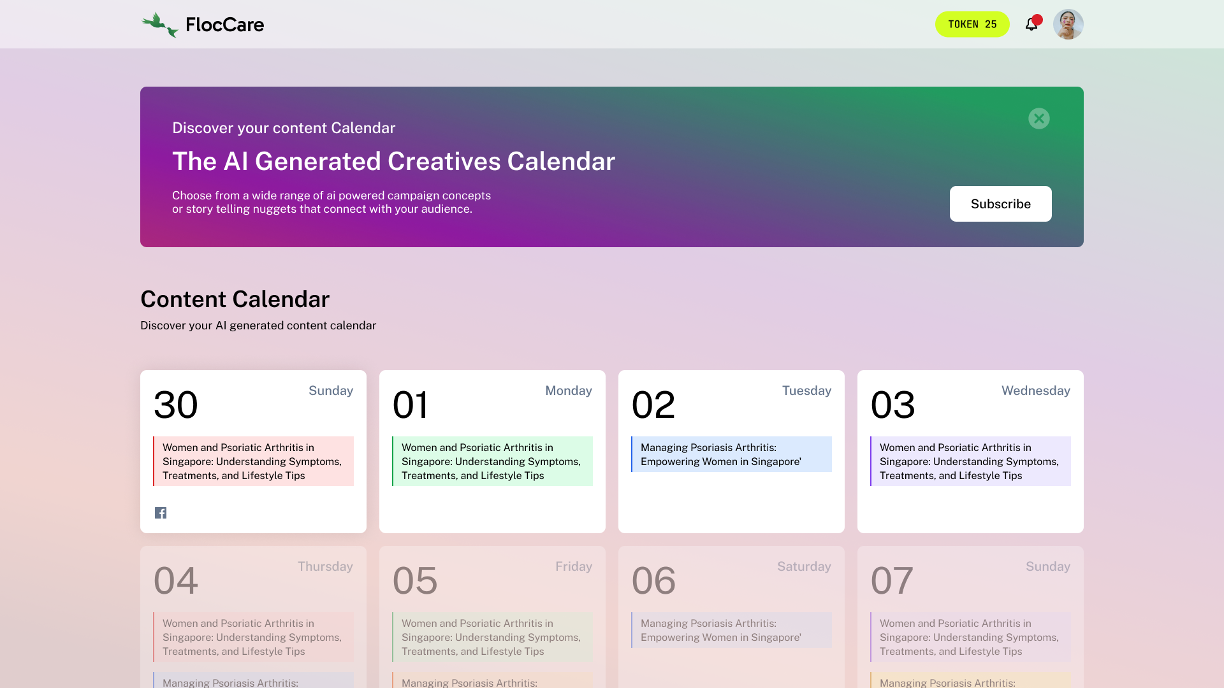Case Study: How a Consumer Awareness Campaign can Boost HPV Vaccination Uptake with FlocCare

Overview
A state-wide public health initiative aimed to increase HPV awareness, screening and vaccine uptake among adolescent girls and young women. Despite efforts, clinics and outreach workers struggled to track participants, deliver consistent information, and reduce dropout between first and second vaccine doses. The health department can use FlocCare to provide automated, multilingual reminders and outreach support across public clinics, schools, and community sites.

The Challenge
Program administrators and health workers face several obstacles:
- Low awareness around HPV and misinformation around the disease.
- Missed appointments for HPV testing or follow-up vaccine doses.
- Parents and patients lacked clarity on vaccine safety and scheduling.
- Manual outreach is inconsistent and hard to scale across rural and urban sites.
- Screening programs have no unified system to track participation or flag high-risk groups.
The aim is to reduce dropout rates and improve preventive coverage for a population that is mobile phone friendly.

The Solution: FlocCare for Cervical Cancer Prevention
FlocCare to be implemented across 120+ sites including PHCs, OB-GYN clinics, school-linked programs, and NGO-supported health camps.
Key capabilities:
- HPV Test & Vaccine Reminders: Sending via WhatsApp in local languages.
- Age-Targeted Awareness Campaigns: Triggering outreach messages by school year or patient age.
- High-Risk Alert Triggers: Flagging delayed follow-ups or missed second doses.
- Multilingual Wellness Guides: Providing clear vaccine safety explanations to caregivers and teens.

The Impact
Evidence from public health communication frameworks suggests that consistent and targeted multilingual outreach can significantly promote health behavioral change. Studies show that appointment adherence can increase by up to 40%, especially for multi-dose regimens. Engagement rates for outreach messages on platforms like WhatsApp and SMS often exceed 70%. Clinics can see up to a 60% reduction in time spent on manual follow-ups, allowing frontline workers to focus on high-risk populations. Consistent messaging has also been linked to expanded screening and vaccination coverage across both rural and urban areas. These findings underscore the potential impact of structured, ongoing patient communication.

Conclusion
FlocCare can enable public health initiatives to scale preventive care efficiently — increasing disease awareness, vaccination adherence and reducing missed follow-ups through culturally appropriate and multilingual, accessible, and automated communication.



